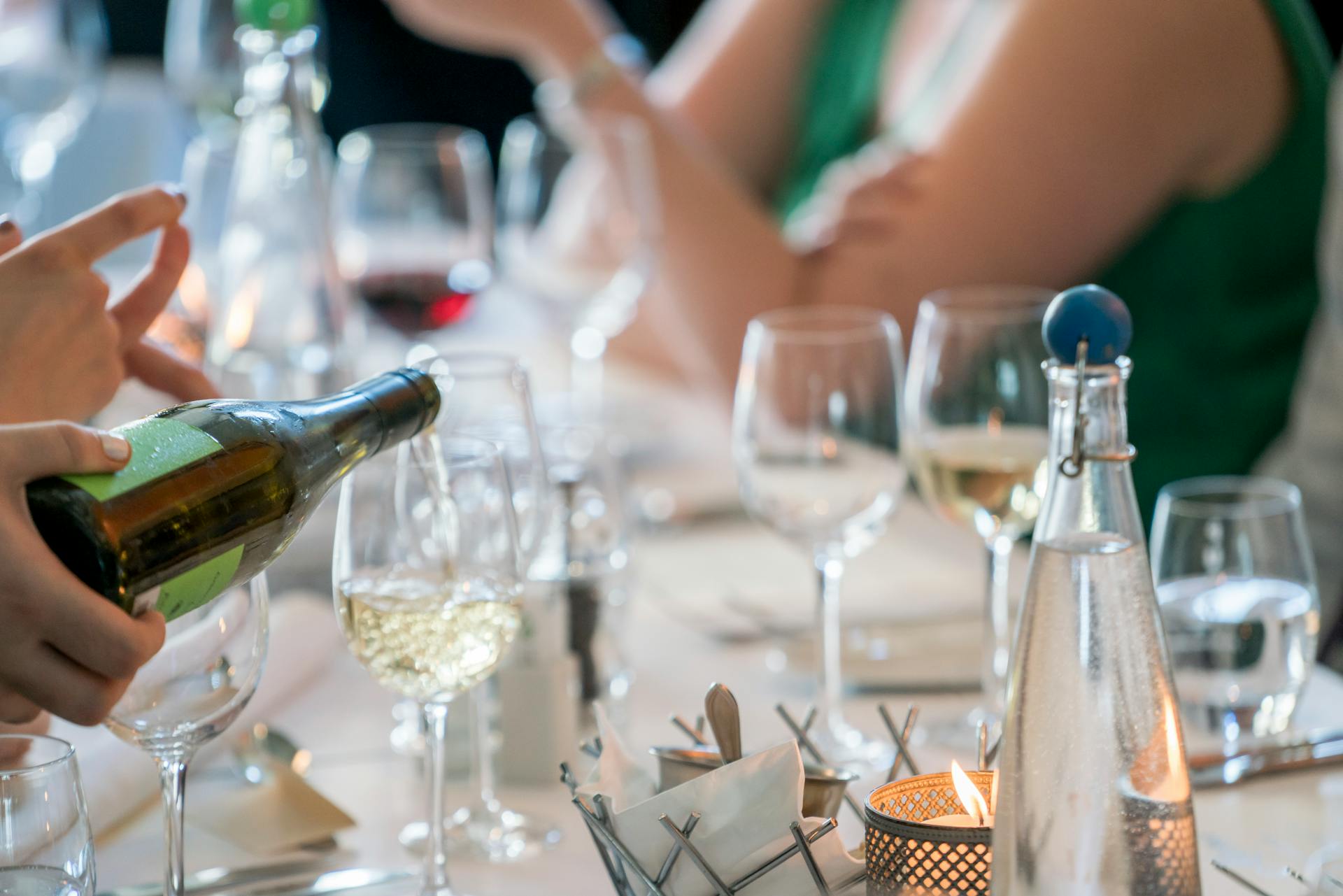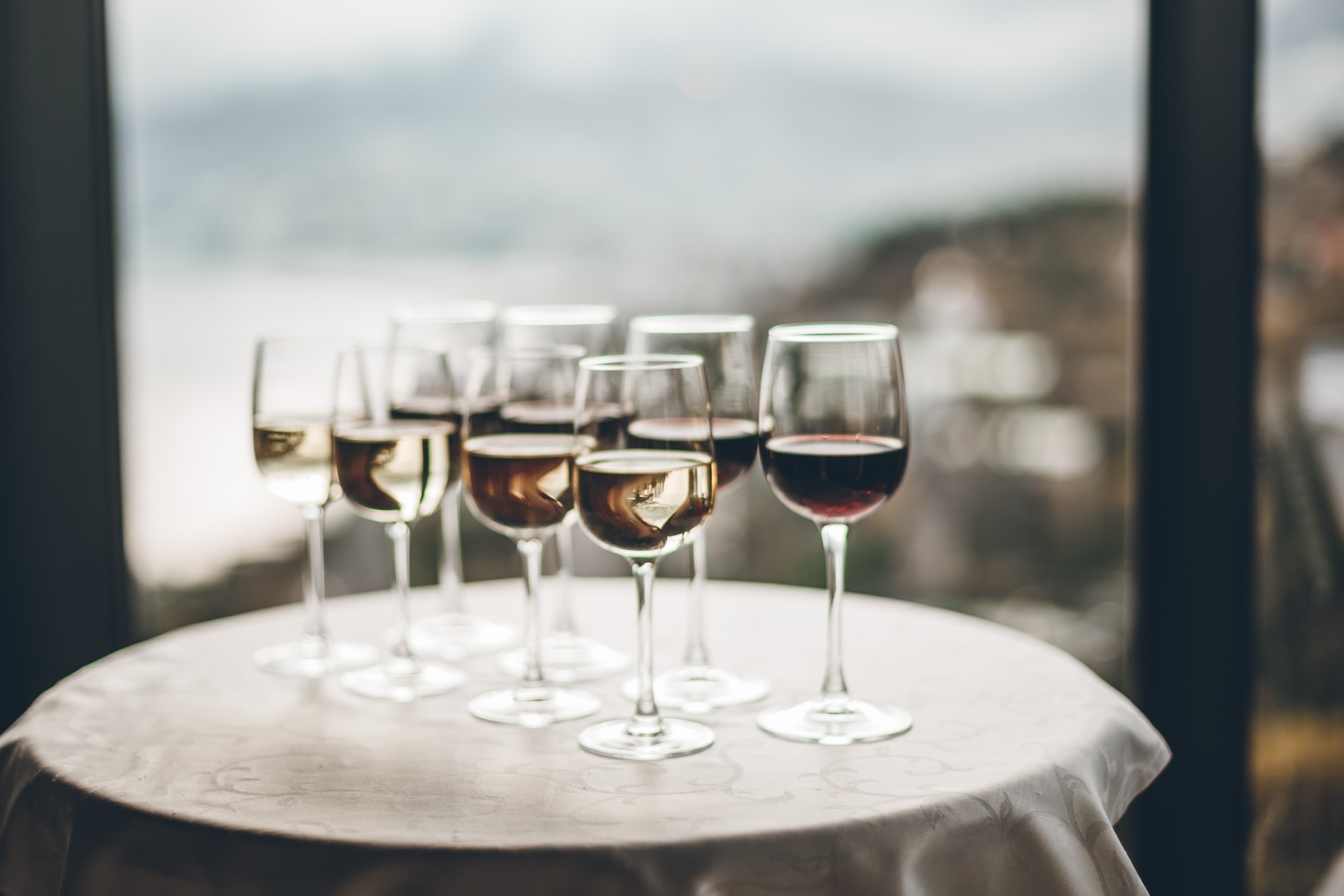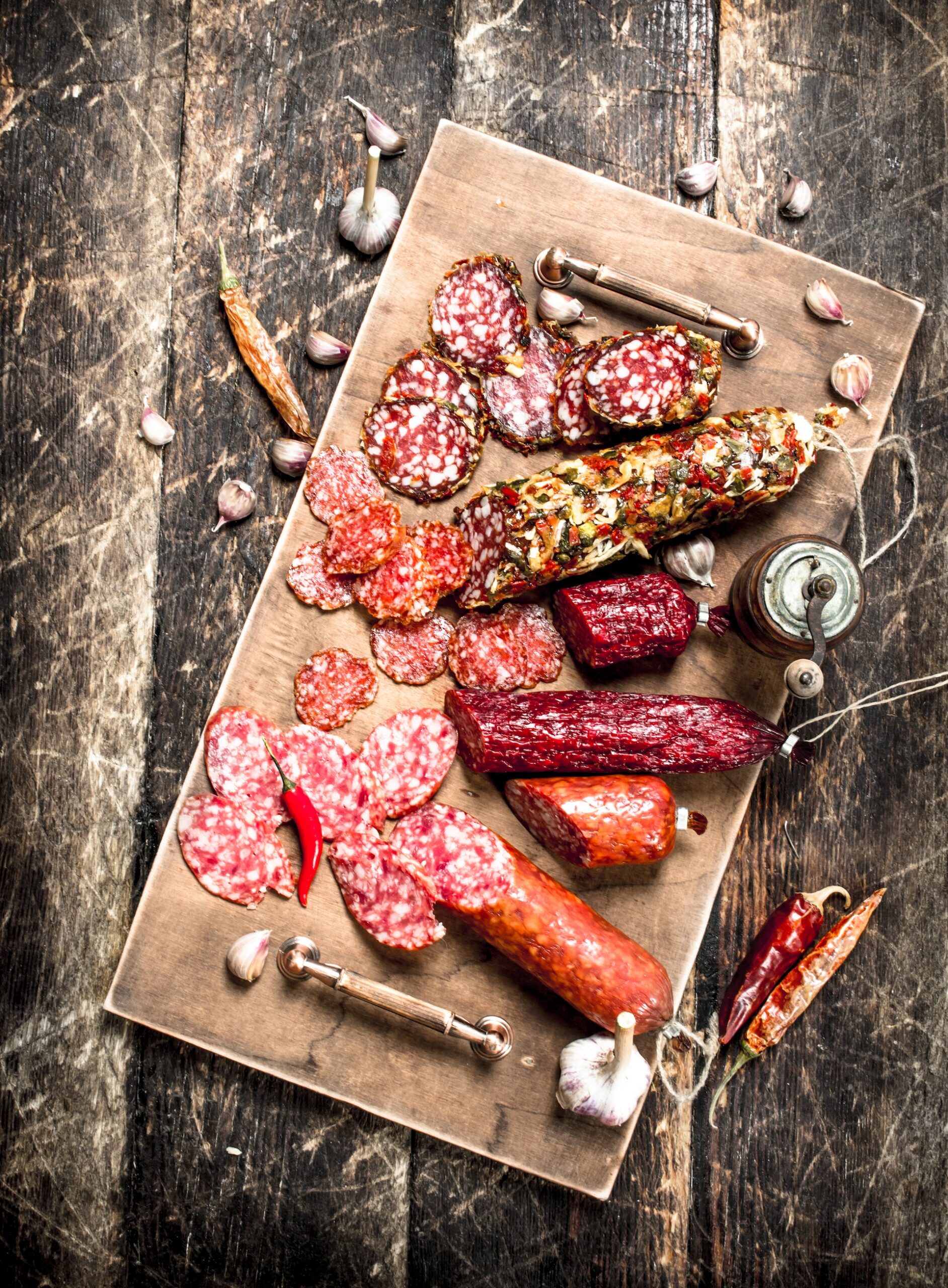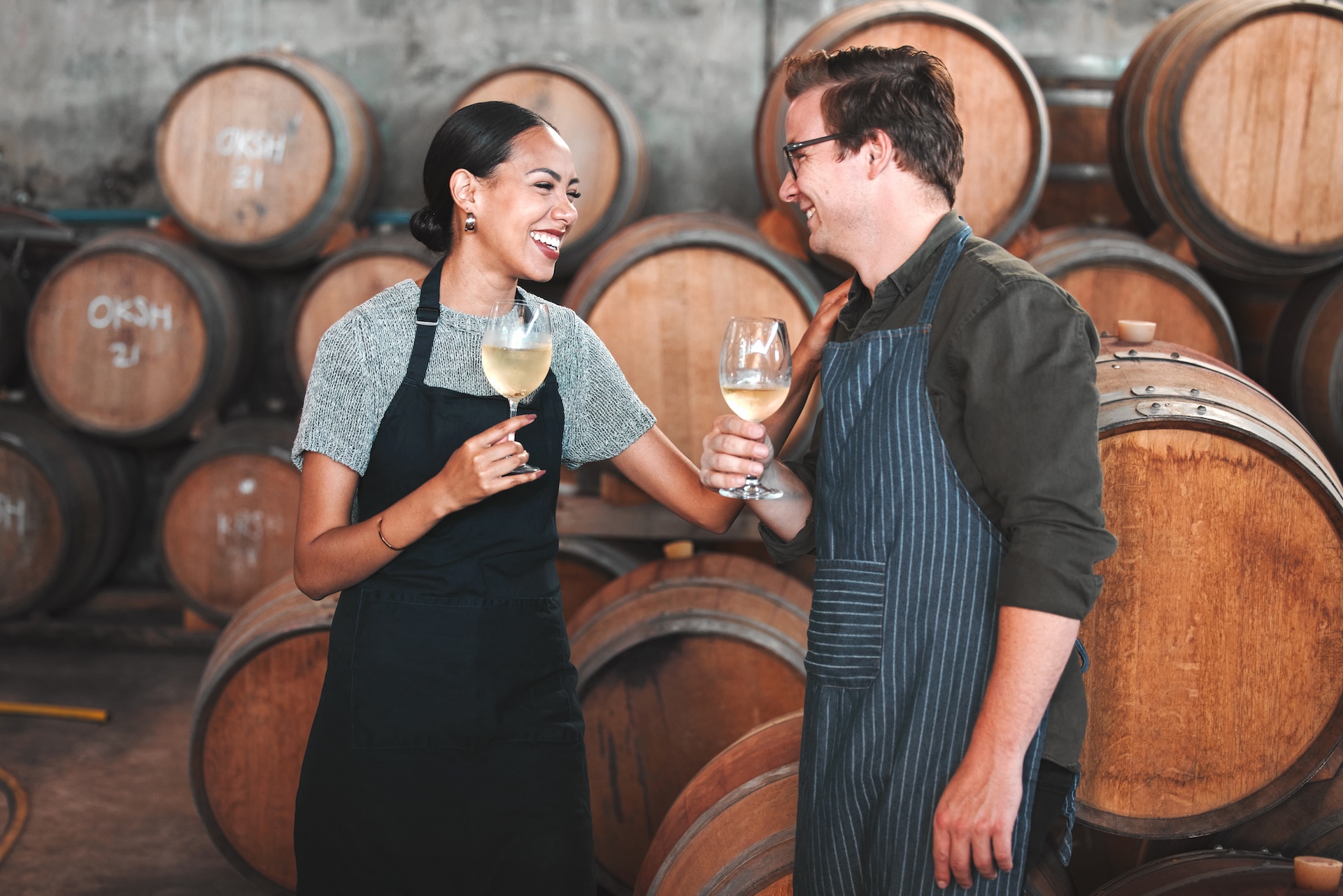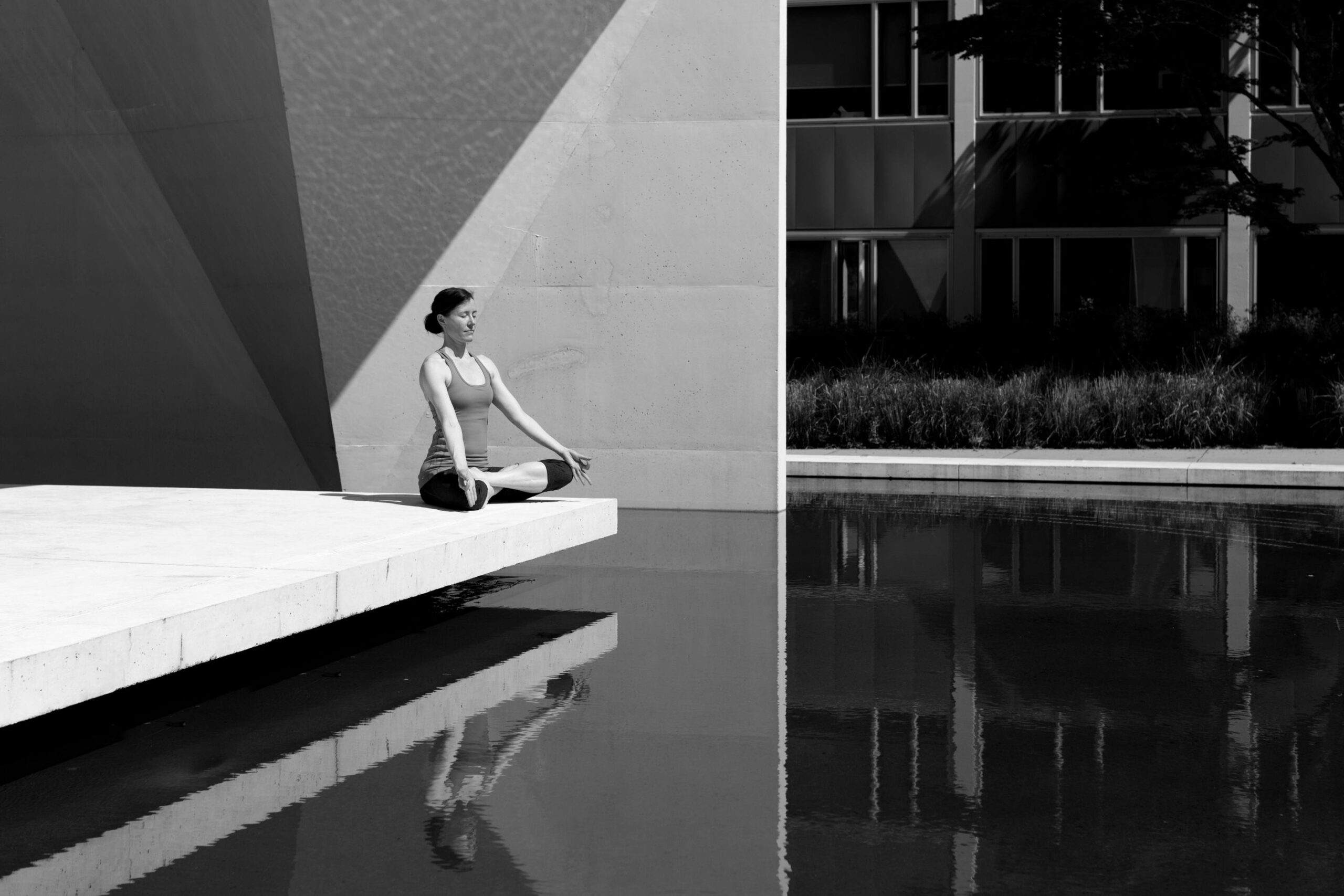Toast to Forever: Choosing Your Perfect Wedding Wine
Planning your special day is an exciting and joyous occasion, and selecting the right wines to complement your celebration is an important part of creating a memorable and magical experience for you and your guests.
First and foremost, my dear, let's talk about your personal preferences and tastes. When choosing your wedding wine, consider what you and your partner enjoy drinking. Are you partial to crisp and refreshing whites, bold and velvety reds, or perhaps a sparkling wine to add a touch of sparkle to your celebration? Remember, your wedding day is a reflection of your unique love story, so choose wines that resonate with you and bring joy to your heart.
Next, think about the season and setting of your wedding. Are you exchanging vows in a romantic vineyard setting, a rustic barn, or an elegant ballroom? The ambiance and atmosphere of your venue can influence the types of wines you choose. For a summer wedding, consider light and fruity wines like Sauvignon Blanc or Rosé to refresh and delight your guests. If you're tying the knot in the cooler months, opt for rich and full-bodied reds like Cabernet Sauvignon or Merlot to warm and comfort your guests.
Now, let's talk about food pairing, my dear. The cuisine you'll be serving at your wedding can play a significant role in determining the wines you choose. Consider the flavors, textures, and ingredients of your menu, and select wines that complement and enhance the dining experience. For example, if you're serving a decadent seafood feast, opt for crisp and acidic whites like Chardonnay or Pinot Grigio to complement the delicate flavors of the seafood. If you're indulging in a hearty steak dinner, choose robust reds like Malbec or Syrah to stand up to the richness of the meat.
When it comes to quantities, my dear, it's always best to err on the side of generosity. Plan for at least one glass of wine per guest per hour of your reception, and consider offering a variety of options to accommodate different tastes and preferences. And don't forget to consider any special dietary restrictions or preferences your guests may have, such as vegan or gluten-free options.
Finally, my dear, remember that your wedding wine is more than just a beverage—it's a reflection of your love, your style, and your commitment to creating a memorable and meaningful celebration. So, take your time, savor the process, and choose wines that speak to your hearts and your souls. Cheers to love, laughter, and happily ever after!
The rise of Orange Wine
Hello, my fellow wine-loving friend! Can you believe the buzz surrounding orange wine lately? It seems like everyone's talking about it, and I couldn't resist delving deeper into this intriguing trend. So, grab your favorite glass, and let's embark on a delightful journey to uncover the secrets behind the rise of orange wine.
First things first, let's address the burning question: what exactly is orange wine? Well, my dear, it's not your typical white wine. In fact, it's quite the opposite! Orange wine, also known as skin-contact wine, is made from white grapes, but with a twist. Instead of quickly separating the grape skins from the juice during fermentation (like in white wine production), orange wine makers leave the skins in contact with the juice for an extended period. This process gives the wine its distinct amber hue and a whole new world of flavors.
Now, you might be wondering, "Why the sudden surge in popularity?" Trust me, I had the same question! After a bit of digging (and tasting, of course), I think I've uncovered a few reasons behind the orange wine craze.
First and foremost, my dear, orange wine offers a refreshing departure from the ordinary. In a world where white and red wines dominate the scene, orange wine stands out as a true rebel, daring to challenge our taste buds and preconceived notions. It's like discovering a hidden gem in a sea of familiarity—a delightful surprise that keeps you coming back for more.
But it's not just about the novelty factor. Orange wine boasts a complex flavor profile that's simply irresistible. With notes of ripe stone fruits, floral aromas, and a hint of spice, it's a sensory delight that tantalizes the palate with every sip. Plus, the extended skin contact adds a touch of tannin and texture, giving the wine an extra dimension of depth and character.
And let's not forget about the natural wine movement, my dear! As more and more wine enthusiasts embrace sustainable and organic practices, orange wine fits right in. Made with minimal intervention and using traditional methods, it's a celebration of craftsmanship and authenticity—a wine that's as pure and unadulterated as nature intended.
Of course, like any good trend, the rise of orange wine wouldn't be complete without a dash of Instagram-worthy appeal. With its vibrant amber hue and unique backstory, it's the perfect addition to any wine lover's social media feed. Just imagine the envy-inducing photos and endless #wineoclock hashtags!
So, there you have it, my dear—a glimpse into the captivating world of orange wine. Whether you're a seasoned wine aficionado or just dipping your toes into the world of vino, I encourage you to give orange wine a try. Who knows? You might just discover your new favorite sip!
Until next time, cheers to delicious adventures and unforgettable flavors!
A Beginner's Guide to Wine Tasting
Whether you're a curious novice or a seasoned enthusiast, mastering the art of tasting wine is sure to enhance your appreciation and enjoyment of this timeless beverage. So, grab your favorite glass and let's dive in!
First things first, let's talk about the basics of wine tasting etiquette. When you're ready to taste a wine, hold the glass by the stem to avoid warming the wine with your hands. Take a moment to appreciate the wine's appearance by tilting the glass against a white background and observing its color and clarity. A deep ruby red might indicate a bold red wine, while a pale straw hue could suggest a light and crisp white.
Now, my dear, it's time to engage your senses and explore the wine's aromas. Swirl the wine gently in your glass to release its bouquet, then bring it to your nose and take a deep inhale. Notice any aromas that waft from the glass—perhaps you'll detect notes of ripe fruit, floral accents, or subtle hints of oak. Trust your senses and don't be afraid to express what you smell, even if it seems unconventional!
Next, it's time to take a sip and let the wine dance across your palate. Take a small sip and let it linger on your tongue, allowing the wine to coat your mouth and awaken your taste buds. Notice the wine's texture—is it smooth and velvety, or crisp and refreshing? Pay attention to the flavors that unfold as you sip, from bright citrus and juicy berries to earthy spices and toasty oak.
As you continue to explore the wine, consider its balance and structure. Does it have a pleasant acidity that leaves your mouth watering for more? Are the tannins firm and gripping, or soft and supple? These elements contribute to the wine's overall character and can help you decipher its style and origin.
Finally, my dear, don't forget to savor the wine's finish—the lingering impression it leaves on your palate after you've swallowed. Is it long and lingering, or short and crisp? Does it leave you craving another sip, or satisfied with the memory of its flavor?
With these simple tips and tricks, you'll be well on your way to tasting wine like a pro. Remember, wine tasting is a journey of exploration and discovery, so don't be afraid to trust your palate and embrace the experience. Cheers to good wine, great company, and unforgettable moments shared with loved ones!
The Art of Food & Wine Pairing
Whether you're hosting a dinner party or simply enjoying a cozy night in, mastering the art of pairing wine with food is sure to elevate your culinary experience to new heights.
Picture this: a beautifully set table, candles flickering, and the enticing aroma of a home-cooked meal wafting through the air. Now, imagine the perfect wine to accompany each dish, enhancing its flavors and bringing out its full potential. That, my dear, is the magic of wine and food pairing.
First things first, let's talk about some classic combinations that never fail to impress. Take, for example, a rich and velvety Cabernet Sauvignon paired with a juicy steak or a hearty beef stew. The bold flavors of the wine complement the savory richness of the meat, creating a match made in culinary heaven.
Or how about a crisp and refreshing Sauvignon Blanc alongside a plate of fresh seafood? The bright acidity of the wine cuts through the delicate flavors of the fish, cleansing the palate with each sip and leaving you craving more.
But don't feel confined to tradition, my dear! The beauty of wine and food pairing lies in experimentation and discovery. Feel free to get creative and trust your instincts. If you're unsure where to start, here are a few tips to guide you along the way:
- Match Intensity: When pairing wine with food, aim to match the intensity of the wine with the richness of the dish. Lighter wines, such as Pinot Grigio or Chardonnay, pair beautifully with delicate flavors like salads or seafood, while fuller-bodied wines like Merlot or Syrah shine alongside heartier dishes like roast chicken or pasta with rich sauces.
- Consider Flavors and Textures: Pay attention to the flavors and textures of both the wine and the food. Look for complementary or contrasting elements that will enhance the overall dining experience. For example, a creamy Brie cheese pairs wonderfully with a buttery Chardonnay, while a spicy Thai curry comes alive when paired with a slightly sweet Riesling.
- Don't Forget About Balance: Aim for balance in your pairings, ensuring that neither the wine nor the food overwhelms the other. If you're serving a particularly bold or spicy dish, opt for a wine with enough acidity or sweetness to balance out the flavors.
- Trust Your Palate: Ultimately, the best wine and food pairings are the ones that you enjoy the most. Trust your palate and don't be afraid to experiment with different combinations until you find the perfect match.
So, my dear, are you ready to elevate your dining experience with the art of wine and food pairing? Gather your favorite wines, whip up a delicious meal, and let your taste buds be your guide. Cheers to good food, great wine, and unforgettable moments shared with loved ones!
Exploring Biodynamic Winemaking
Prepare to be enchanted as we explore the principles, practices, and profound beauty of this holistic approach to winemaking.
At its core, biodynamic winemaking is more than just a method—it's a philosophy, a way of life that seeks to honor the interconnectedness of all living things and respect the rhythms of nature. Inspired by the teachings of Austrian philosopher Rudolf Steiner, biodynamic agriculture views the vineyard as a self-sustaining ecosystem, where plants, animals, and soil work together in harmony to create balanced and vibrant wines.
So, what sets biodynamic winemaking apart from conventional methods? Well, my dear, it all starts with the soil. Biodynamic vineyards are cultivated using organic and sustainable practices, with a focus on building healthy, nutrient-rich soil that nourishes the vines and promotes biodiversity. Instead of relying on synthetic fertilizers and pesticides, biodynamic growers harness the power of compost, cover crops, and natural preparations to enhance soil fertility and vitality.
But the magic doesn't stop there, my dear! Biodynamic winemakers also follow a strict lunar calendar, which guides planting, pruning, and harvesting activities based on the phases of the moon and the positions of the planets. This cosmic approach to farming is believed to optimize the vineyard's energy and vitality, resulting in grapes that are ripe, balanced, and full of flavor.
Now, let's talk about some standout biodynamic wines that are making waves in the world of wine. From the rolling hills of Burgundy to the sun-drenched vineyards of California, biodynamic winemakers are crafting some truly exceptional wines that capture the essence of their terroir and showcase the beauty of biodynamic farming.
Take, for example, the legendary Domaine de la Romanée-Conti in Burgundy, France. This esteemed estate has been practicing biodynamics for decades, producing some of the world's most sought-after and revered wines. From their ethereal Pinot Noirs to their exquisite Chardonnays, each bottle is a testament to the power of biodynamic farming and the dedication of its practitioners.
Closer to home, my dear, you'll find an array of biodynamic wines from pioneering wineries like Bonterra Organic Vineyards in California's Mendocino County. Their commitment to sustainability and respect for the land shines through in every bottle, from their luscious Cabernet Sauvignons to their crisp and refreshing Sauvignon Blancs.
With their vibrant flavors, distinctive personalities, and unwavering commitment to quality, biodynamic wines are a true celebration of nature's bounty and the artistry of the winemaker. So, the next time you uncork a bottle of wine, why not raise a glass to the magic of biodynamic winemaking? Cheers to good wine, great company, and the beauty of the natural world!
Wine Travel Destinations
Let's embark on a delightful journey through some of the world's most picturesque wine regions. From the sun-drenched vineyards of Napa Valley to the rolling hills of Tuscany, get ready to indulge in the ultimate wine-focused getaway.
First, let's transport ourselves to the sun-kissed vineyards of Napa Valley, California. Known as the heart of American wine country, Napa Valley is a haven for wine lovers seeking an unforgettable escape. Imagine leisurely drives along the scenic Silverado Trail, where you'll discover renowned wineries like Robert Mondavi and Opus One. Take your time exploring their cellars, sampling exquisite Cabernet Sauvignons and buttery Chardonnays amidst breathtaking views of the valley below. And for an extra special experience, why not soar above the vineyards in a hot air balloon at sunrise? Trust me, the views are simply awe-inspiring!
Next, let's journey across the Atlantic to the picturesque landscapes of Tuscany, Italy. With its rolling hills, medieval villages, and centuries-old vineyards, Tuscany is a true feast for the senses. Explore charming towns like Montepulciano and Montalcino, where you can indulge in some of Italy's most beloved wines, including Brunello di Montalcino and Vino Nobile di Montepulciano. Don't forget to savor the region's delectable cuisine, from hearty pasta dishes to succulent bistecca alla fiorentina—paired, of course, with a glass of velvety Chianti Classico!
But our wine adventure doesn't end there, my dear friend! From the lush vineyards of South Africa's Stellenbosch region to the rugged beauty of Portugal's Douro Valley, the world is brimming with wine travel destinations waiting to be explored. Picture yourself sipping Sauvignon Blanc amidst the stunning landscapes of New Zealand's Marlborough region or sampling Shiraz in Australia's Barossa Valley—each wine region offers its own unique blend of scenery, culture, and, of course, delicious wines.
Now, let's talk insider tips for planning the ultimate wine-focused getaway. When it comes to accommodations, consider staying at a charming bed and breakfast or boutique hotel nestled among the vines for an authentic wine country experience. Be sure to book tastings and tours in advance, especially during peak seasons, to ensure you don't miss out on any must-visit wineries. And don't forget to pack a picnic—there's nothing quite like enjoying a leisurely lunch amidst the vines, with a glass of wine in hand and panoramic views stretching as far as the eye can see.
So, my friend, are you ready to embark on the ultimate wine adventure? Whether you're exploring the rolling hills of Napa Valley or savoring the flavors of Tuscany, I guarantee it will be an experience you'll cherish forever. Cheers to good wine, great company, and unforgettable memories made in some of the world's most beautiful wine regions!
Wine & Wellness
Get ready to discover the potential health benefits of moderate wine consumption and learn how to incorporate this beloved beverage into a balanced and fulfilling lifestyle.
First and foremost, my dear, let's talk about the potential health benefits of enjoying wine in moderation. While it's important to approach alcohol consumption with mindfulness and moderation, studies have shown that moderate wine consumption may offer a range of health benefits, from supporting heart health to reducing stress and promoting overall well-being.
One of the most well-known benefits of moderate wine consumption is its positive impact on heart health. Red wine, in particular, is rich in antioxidants called polyphenols, which have been shown to protect against cardiovascular disease by reducing inflammation and improving cholesterol levels. So, my dear, raising a glass of red wine in moderation may just be a toast to your heart's health!
But the benefits of wine don't stop there, my friend. Studies have also suggested that moderate wine consumption may be linked to a reduced risk of certain chronic diseases, including type 2 diabetes and Alzheimer's disease. The key, of course, is moderation—enjoying wine as part of a balanced lifestyle that includes a healthy diet, regular exercise, and plenty of rest and relaxation.
Now, let's talk about how to incorporate wine into a balanced lifestyle. The key, my dear, is moderation and mindfulness. Rather than viewing wine as a daily indulgence, think of it as a special treat to be enjoyed in moderation and savored mindfully. Choose high-quality wines that you truly enjoy, and take the time to appreciate the flavors, aromas, and textures with each sip.
When it comes to pairing wine with food, opt for fresh, whole foods that complement the flavors of the wine and nourish your body. Think vibrant salads, grilled vegetables, and lean proteins like fish and poultry. And don't forget to hydrate—alternate glasses of wine with plenty of water to stay hydrated and avoid overindulgence.
Finally, my dear, remember that wine is best enjoyed in the company of loved ones, surrounded by laughter, good conversation, and shared moments of joy. So, whether you're enjoying a glass of wine with dinner, raising a toast to a special occasion, or simply unwinding after a long day, do so with gratitude, moderation, and a sense of celebration.
Cheers to good wine, great company, and a life filled with health, happiness, and well-being!


